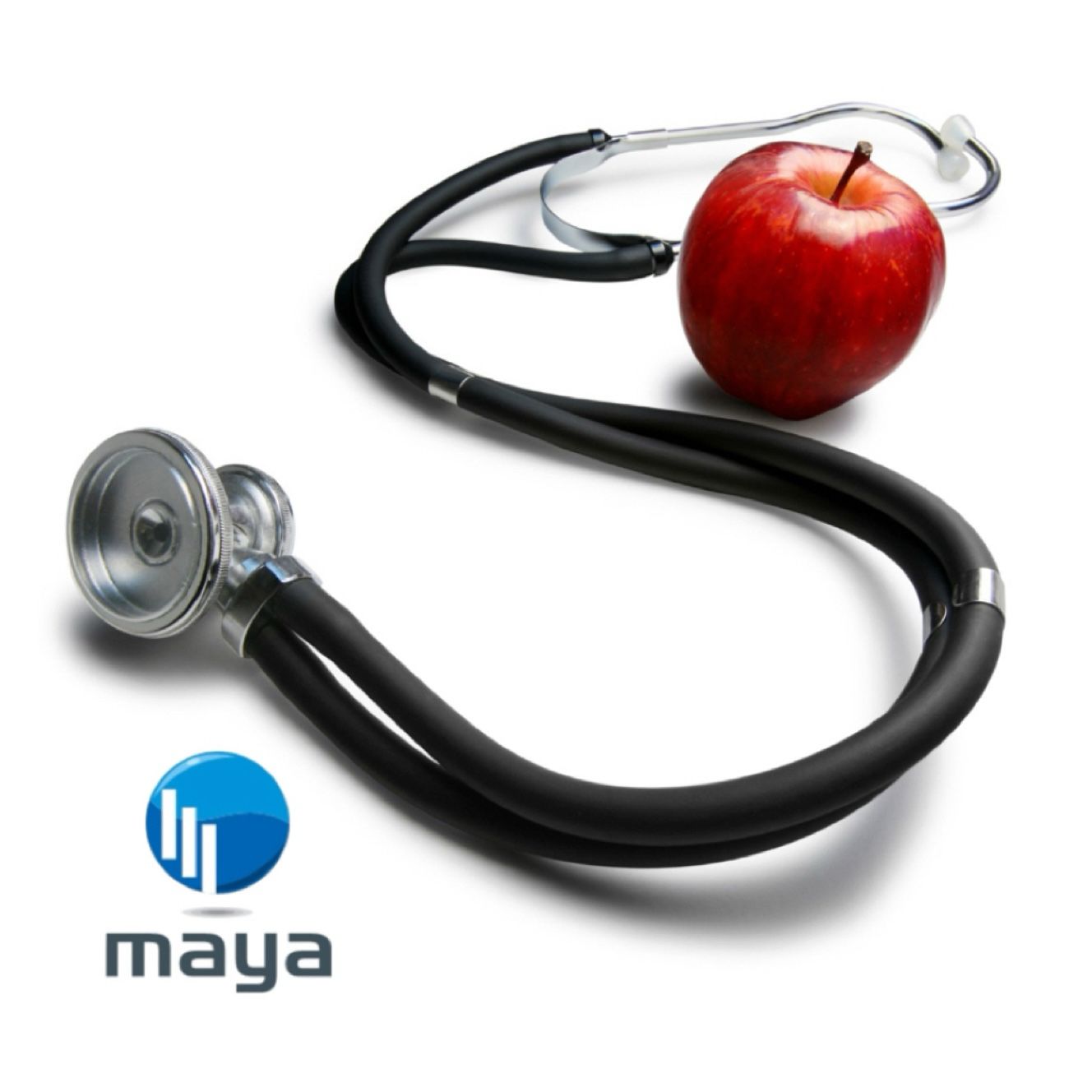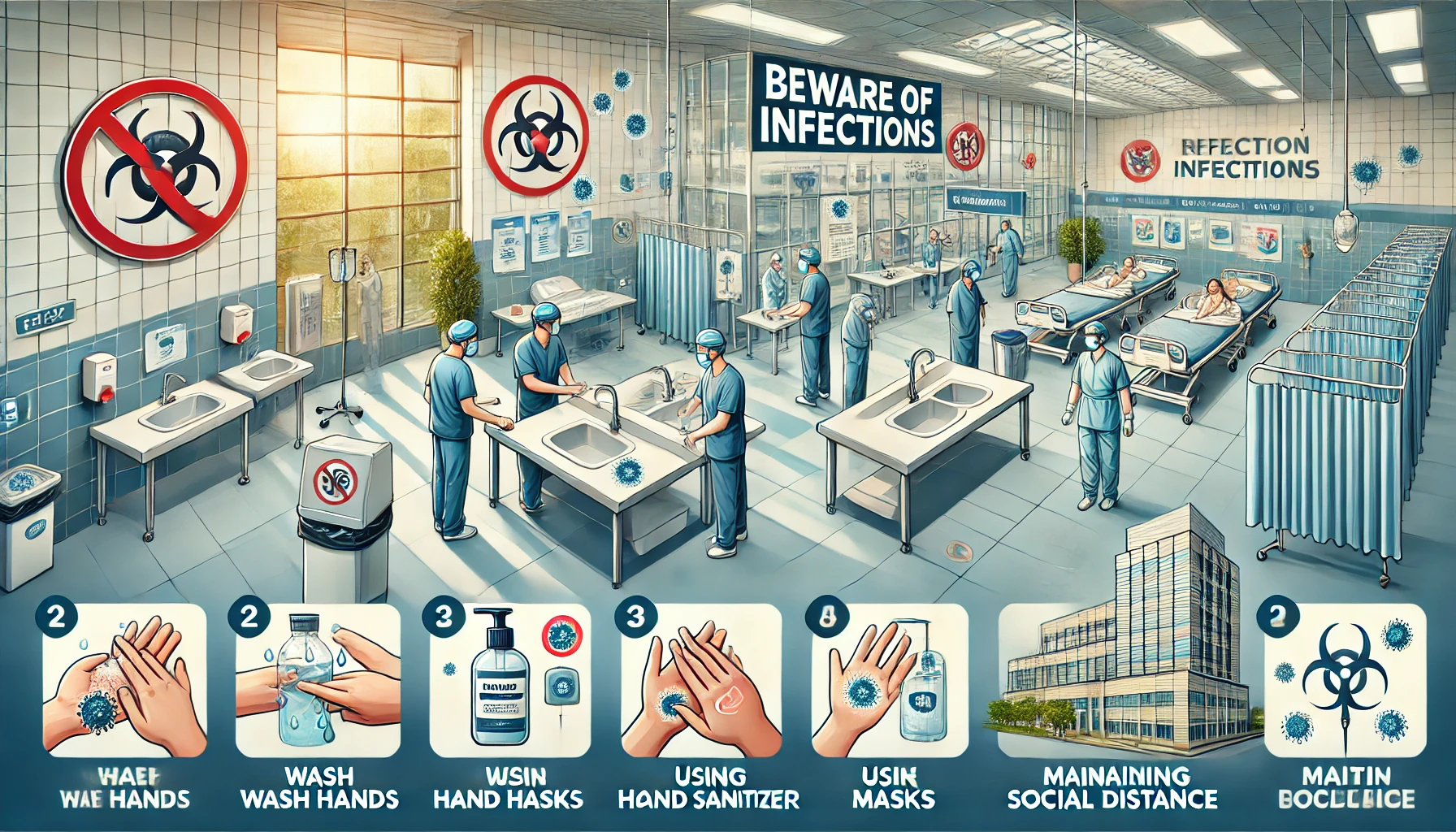Infection Prevention: Simple Steps to Protect Yourself and Others with Help from Dr. Maya GPT
Infection prevention is one of the most powerful tools we have to combat the spread of diseases, particularly when dealing with bacteria, viruses, and other pathogens that are becoming harder to treat. Simple practices like washing hands properly, using sanitizers effectively, and disinfecting surfaces correctly can make a world of difference. Here’s a guide on best practices to keep yourself and your surroundings safe—and how Dr. Maya GPT is there to guide you when infections require extra caution.
1. Handwashing: The First Line of Defense
Handwashing is one of the simplest, yet most effective ways to prevent infection. Here’s how to do it properly:
Wash for 2 Minutes: Spend at least 2 minutes washing your hands with soap and water. Make sure to cover all parts of your hands, including between your fingers, under your nails, and around your wrists.
Use Soap and Water: While hand sanitizers are effective, soap and water are often the best way to remove dirt, grime, and germs. Soap breaks down the outer layers of bacteria and viruses, making it easier to rinse them away.
Occasionally Use Hand Sanitizers: When soap and water aren’t available, use a sanitizer with at least 60% alcohol. Apply it generously and rub it over all surfaces of your hands until they’re dry—don’t rush the process. Allowing the sanitizer to dry on your hands ensures it has enough time to kill pathogens.
2. Proper Surface Disinfection: Don’t Rush the Process
Surfaces in your home and workplace can harbor bacteria and viruses. Here’s how to disinfect them properly:
Use a Suitable Cleaning Solution: For high-touch surfaces (like doorknobs, tables, and counters), use a disinfectant or cleaning solution proven to kill bacteria and viruses. Be generous with the cleaning product.
Allow Surfaces to Dry: After applying the disinfectant, let it sit on the surface. Avoid wiping it off with a cloth. The solution needs time to work, so allow it to dry completely before using the surface again.
Wiping Surfaces the Right Way: When wiping tables and kitchen surfaces, wipe in a single direction and avoid going over the wiped area twice. This method prevents spreading germs over areas that have already been cleaned.
3. Low Immunity and Secondary Infections
When a person contracts a viral infection, their immune system may weaken, leaving them more vulnerable to secondary infections, often caused by bacteria. For example, people with the flu or other viral infections might develop bacterial pneumonia because their immune defenses are lowered.
Dr. Maya GPT can help identify cases where low immunity from a viral infection may lead to secondary bacterial infections. By analyzing symptoms and offering advice, Dr. Maya can guide people on when to stay isolated, how to monitor symptoms, and when to seek further medical attention.
4. Dr. Maya’s Role in Preventing Infection Spread
Dr. Maya GPT is a powerful ally in preventing the spread of infections. Here’s how it helps:
Identifying Infected Individuals: Dr. Maya’s system can assess symptoms and identify cases where isolation is necessary. For people with symptoms indicating a contagious infection, Dr. Maya recommends staying home and avoiding visits to hospitals, clinics, or test centers, where they might expose others to the infection.
Encouraging Home Care and Isolation: With Dr. Maya’s guidance, patients can manage their symptoms at home when appropriate. This reduces unnecessary hospital visits, helping prevent the spread of infections and keeping healthcare facilities safer for those who truly need them.
Offering Real-Time Guidance: For those dealing with low immunity or recovering from viral infections, Dr. Maya provides alerts and advice to minimize the risk of secondary bacterial infections, guiding users on precautions and symptoms to monitor.
5. Additional Tips for Safe Cleaning and Disinfection
Besides proper handwashing and surface cleaning, here are a few more tips to protect yourself and others from infections:
Soak Cleaning Equipment: Equipment like cloths, brushes, and mops used for cleaning should be soaked in a disinfectant solution and allowed to dry properly before reuse. This step ensures that these tools don’t become carriers of bacteria or viruses.
Avoid Over-Cleaning: Over-sanitizing certain areas (like repeatedly wiping down a single spot) can be counterproductive. Stick to one-directional wiping without going over the same area twice, ensuring even and thorough coverage without re-contaminating surfaces.
Disinfect High-Touch Areas Regularly: Areas like kitchen counters, bathroom fixtures, and electronics (phones, remotes) are often overlooked. Disinfect them regularly, especially if someone in the household is sick.
Why Infection Prevention Matters
Following these simple steps is vital for preventing infections and keeping yourself, your family, and your community safe. AMR (antimicrobial resistance) is an ever-growing threat, and proper infection control practices are our best defense against resistant strains. By taking infection prevention seriously and using Dr. Maya’s guidance when symptoms arise, we can all contribute to a healthier world.
Dr. Maya GPT serves as a digital guardian, helping us monitor symptoms, stay isolated when necessary, and make smart decisions about infection prevention. Remember: small efforts add up. Every hand wash, every sanitized surface, and every avoided hospital trip can help prevent infections and reduce the spread of disease.

